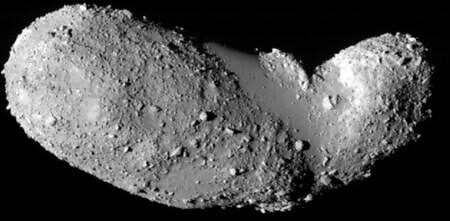"Results of Hayabusa asteroid mission and future Japanese small-body missions" by Prof. Hirdy Miyamoto

Date
Location
Description
Date: February 26th, 2016 (Fri)
Time: 11:00 am – 12:00 pm
Venue: Seminar room C209
Speaker: Prof. Hirdy Miyamoto (University of Tokyo)
Title: Results of Hayabusa asteroid mission and future Japanese small-body missions
Abstract
In 2005, the first Japanese asteroid mission, Hayabusa, performed in-situ observation of a rocky asteroid. The asteroid, called Itokawa, is the smallest solar body explored ever; it is only about 300m in diameter with 1/100,000 of the surface gravity of Earth. Observations of this small asteroid considerably improved our understanding of asteroids, especially in terms of surface processes and space weathering. Samples brought back to Earth by the mission confirmed that meteorites are pieces of asteroids, which strongly enhances the study field of meteorites. Currently, Hayabusa 2, the second asteroid sample-return mission by Japan, is on its route to the target asteroid, Ryugu. The third sampel-return mission by Japan will go to Phobos, a Mars satellite, where we are planned to launch in 2020. In this talk, I will summarize what we learned through the Hayabusa mission and a little bit about the current and the future mission plans.
Attachments
Subscribe to the OIST Calendar: Right-click to download, then open in your calendar application.



